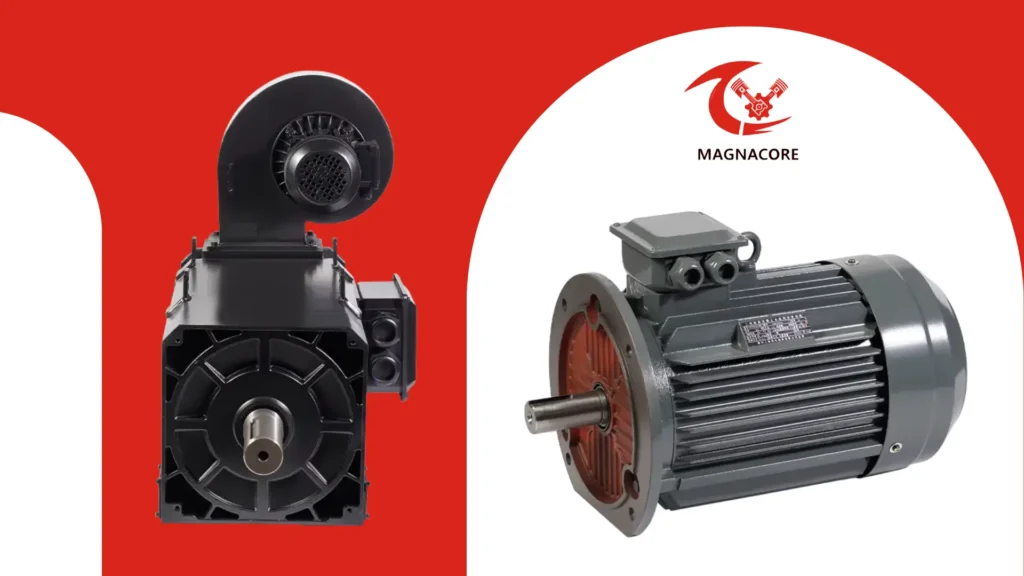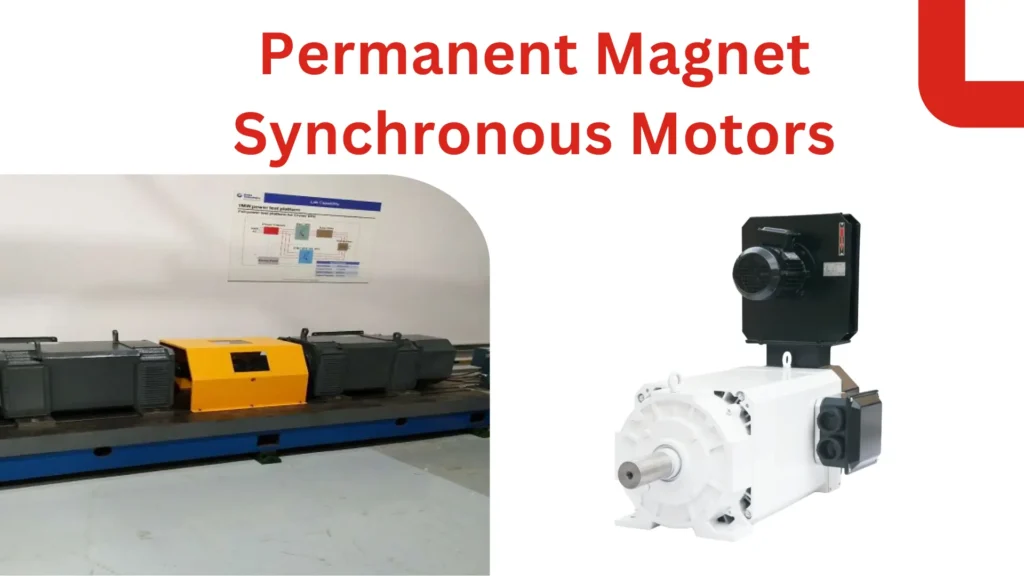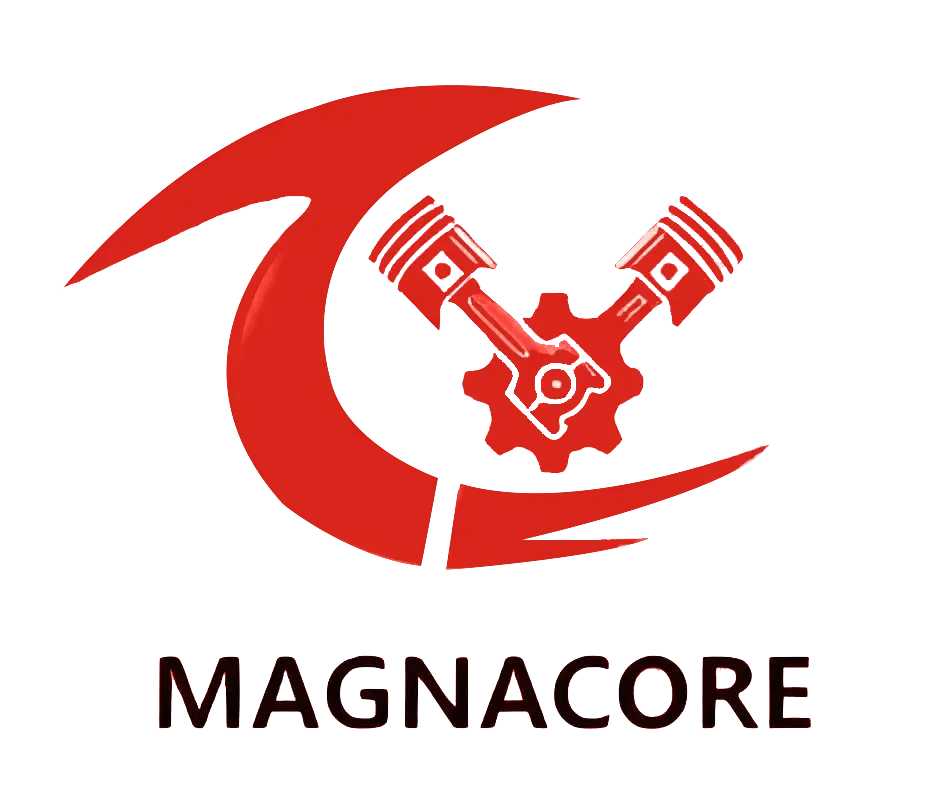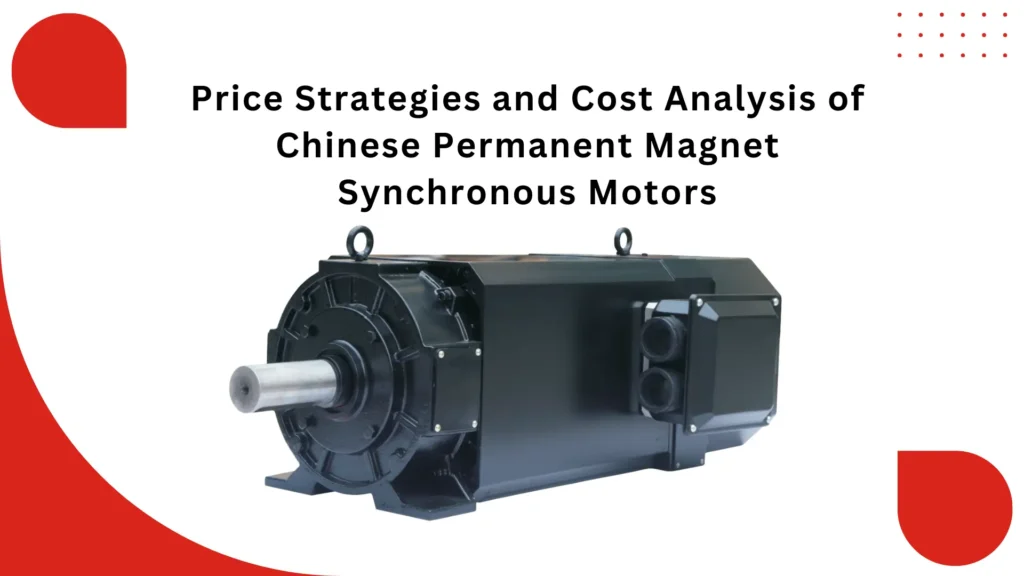During the past decade, Permanent Magnet Synchronous Motors have gained considerable significance across industries for their power and efficiency.
These are starting to play a significant role in applications involving automotive, industrial automation, and renewable energy as the world is fast moving towards technologies that save energy.
In the line of such global requirements, Chinese manufacturers are among the major players in the field of Permanent Magnet Synchronous Motors.
The article below discusses the price quoted by Chinese PMSMs and their cost structure to help potential buyers understand the dynamics that surround their low prices and increase in popularity.
Understanding Permanent Magnet Synchronous Motors (PMSMs)
Compared with other types of motors, such as induction motors, these have high efficiency, better torque density, and lower consumption of energy.
The main fields of application are EVs, wind power generation, robotics, and so on.
While that might sound very technical, what it means to a buyer is that PMSMs have longer lifetimes, more consistent performance, and higher efficiency-all factors that go toward making them a very good investment for any company looking to minimize operation costs.
Factors Affecting PMSM Pricing

Material Costs
Neodymium and dysprosium are two of the rare earth materials used in such magnets, which become highly essential to bring out the best performance of the motor by strong magnetic fields.
On the other hand, the markets for rare earth elements are highly susceptible to price fluctuation based on geopolitical factors, limitations of supply, and a fluctuating demand in industries such as electronics and electric vehicles.
Labor Costs
Though automation and technology have decreased dependence on human labor in many manufacturing processes, labor still plays a very vital role in many assembly, quality control, and other production activities.
Lower wages in China allow manufacturers to keep overall production costs lower compared to developed countries like the United States, Japan, or Germany.
This makes PMSMs manufactured in China cheaper compared to products manufactured in countries with higher labor costs, thereby giving buyers considerable cost savings.
Technological Advantages
Automation reduces mistakes, speeds up the production process, and saves labor costs involved with human labor.
Advances in motor design and engineering were able to successfully improve performance and durability for the motors.
As the technology continues to evolve, the Chinese can provide more value-added products at competitive prices to gain an edge over global competitors.
This indeed is one of the main reasons the Chinese PMSM manufacturers have been successful due to this fragile balance between technological innovation and cost efficiency.
Price Strategies of Chinese Manufacturers
Cost-Leadership Strategy
This would also explain why most Chinese manufacturers adopt a cost-leadership approach, since their business objective would always be to be the lowest-cost producer in the market.
Therefore, they could only afford to sell PMSMs at prices substantially below those of their global competitors by focusing on efficient means of minimizing costs.
This approach involves tight control of operational costs, access to raw materials at lower costs, and optimizing production through automation and innovation.
Tiered Pricing Models
The manufacturers will thus provide multiple models or versions of the PMSMs, depending on the features to be included, power rating, and level of performance.
The standard performance, simple model could be cheaper, while an advanced and efficient model with many added features might go for a higher price.
This allows a buyer to purchase a PMSM fitting only his applications without paying for features he does not need.
Bulk Discounts

Heavy price reduction for large quantities discourages retail purchases in Chinese manufacturing.
This allows the manufacturer to step up his volume of sales and aids the buyer in reducing his per-unit cost.
Wherever the requirement for PMSMs is large in a company, the discounts for bulk purchases can lead to considerable economies, thus making the Chinese supplier a more viable option.
OEM and Customization Options
Coming up with customized solutions to meet the needs of specific buyers while enabling them to maintain competitiveness in pricing adds more value.
This may involve customization in terms of motor size, power output, cooling systems, or any other specification per individual applications.
This design and price flexibility helps ensure that customers can receive motors optimized for their needs without having to pay excessive additional costs.
Cost Components of PMSMs
Raw Materials
Rare earth metals like neodymium and dysprosium are essential for the magnets that give the very special performance of PMSMs.
Other than magnets, other high-priority materials are used in significant amounts: steel for the motor frame, copper for windings, and insulation materials.
These material prices are targeted to vary based on the demand and supply of the global market, and any rise in the price of raw materials will directly influence the overall cost of motors.
Manufacturing Costs
Such manufacturing may largely be influenced by the level of automation of a facility.
Advanced manufacturing plants with automated processes generally have more efficient ways of making PMSMs, thus minimizing errors and increasing production time.
However, all this comes at a cost, which adds to the overall price of the motors in terms of maintaining and operating such hi-tech facilities.
Research and Development
Although R&D expenses tend to increase the aggregate cost of production, Chinese manufacturers enjoy shared technological advancement across the industry, which helps reduce the R&D expense for an individual company.
Co-innovation allows smaller-scale manufacturers to make quality products without excessive R&D costs and thus maintain reasonable prices.
Logistics and Distribution
There will be logistics costs to move PMSMs from China to other parts of the world that may affect the final price.
Some extra fees are likely, which depend on the means of shipment, the place of delivery, and the nature and complexity of customs clearance.
Advantages of Chinese PMSMs
Cost Efficiency
Chinese PMSMs represent very good value for money. Competitive pricing strategies mean that the cost of motors made in China is much cheaper compared to what is made elsewhere in the world, without any sacrifice in quality. The Chinese PMSM is well within the reach of companies that want to reduce their capital spending, while the motor’s performance and efficiency are at par with standards within the industry.
Global Supply Chain
The Chinese manufacturers have an extended network of suppliers and distributors who can efficiently coordinate in the process of production, thereby assuring fast times of delivery even for big international orders.
Such a smooth supply chain minimizes the lead times and ascertains that buyers get their products on schedule.

Quality Improvements
Over the years, their manufacturers in China have struggled to enhance the quality of the motors, significantly investing in automation, precision engineering, and quality control processes that raised the capacities and resilience of their motors to global standards.
Besides, the partnerships with international companies help them enhance the quality of PMSMs made in China.
Customization
Most Chinese manufacturers can, in fact customize items to fit what exactly a customer wants.
Whether it be a question of size or power output-or even other features-the Chinese suppliers can often make the modification to suit special needs.
Thus, the buyers will get PMSMs that suit their application without extra high additional costs, making Chinese PMSMs highly versatile and cost-effective.
Conclusion
Chinese PMSMs uniquely combine affordable prices, possible customization, and quality.
Understanding the pricing strategies and cost structures will help companies that want to invest in high-performance electric motors make an informed purchasing decision.
With China remaining a powerhouse in the global manufacturing landscape, PMSMs from Chinese suppliers will be indispensable to drive technology at competitive levels.

